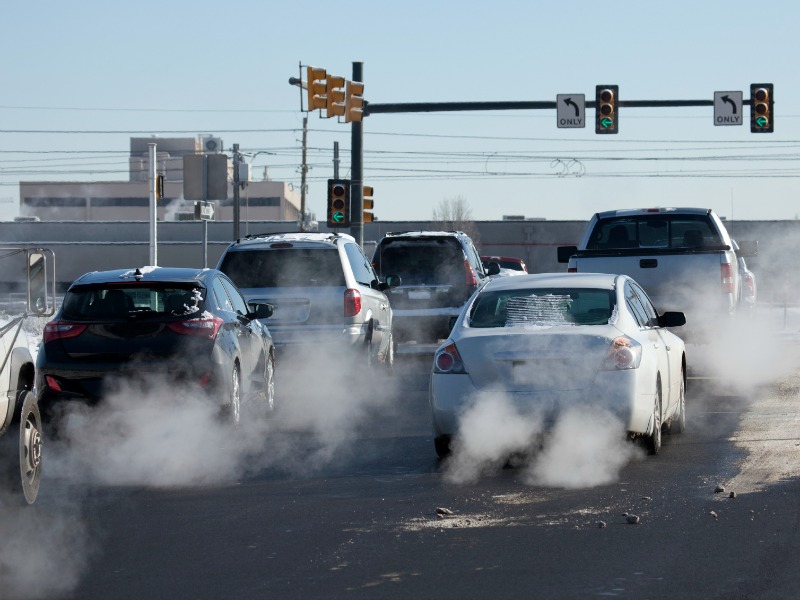Single-dose radiotherapy during breast cancer surgery can save time, cost, fuel and carbon emissions
Single-dose radiotherapy during breast cancer surgery can save time, cost, fuel and carbon emissions
A single dose of intraoperative radiotherapy for early breast cancer, rather than the standard three to six-week course, could free up thousands of hours of women’s time and significantly reduce carbon emissions, a study shows.
Travelling back and forth to a hospital for weeks to receive radiotherapy takes its toll on the individual woman, but also costs the environment in terms of CO2 emissions, said the authors of the trial published in the BMJ.
This hidden cost in “medical miles” was often overlooked, but taking it into account could greatly reduce the environmental impact of radiotherapy, the authors wrote.
In the study, researchers calculated fuel use, travel time, costs and the carbon footprint of two different breast cancer radiotherapy treatments.
The first treatment was the conventional option: 236 women had breast surgery for tumour removal before whole breast external beam radiotherapy over three to six weeks.
The second group of 249 patients received single-dose targeted intraoperative radiotherapy (TARGIT IORT), where radiation is delivered directly to the chest cavity following lumpectomy.
This study was part of the large international TARGIT-A trial conducted between 2000 and 2012, involving 3451 breast cancer patients in 11 countries, including Australia, which showed a single dose of intraoperative radiotherapy was not inferior to external beam radiotherapy after surgery.
Patients who received the single dose treatment were saved from travelling 491km and avoided CO2 emissions of 86kg.
Supplemental external beam radiotherapy was necessary in 15% of women in this group.
With over 50,000 new breast cancers diagnosed in the UK each year, introducing TARGIT could save 20,250 weeks of travel time and 516 to 1763 tonnes of CO2 each year, the study estimated.
“While the term food miles has become commonplace in the mindset of the general public, perhaps the concept of therapy miles ought to be considered when planning and prescribing patient treatment,” the authors wrote.
Radiation oncologist Dr Carol Johnson, on behalf of the RANZCR, said the college is waiting to see the long-term follow up results of the study before making a decision about whether intraoperative radiotherapy should be widely used as a treatment for breast cancer.
“The faculty position is that this technology is not supported by sufficient evidence to form a definitive view,” she said.
The early follow up suggests that there are no adverse outcomes from delivering a single dose of IORT using the Intrabeam device, but follow up data could change that result, according to Dr Johnson.
Dr Johnson welcomed the investigation into the social and environmental benefits of alternative treatments but said further study was needed.
Countries with few centres offering TARGIT may not see the same reductions in travel time from the new treatment, she said.
“You have to put it in local practice in order to assess whether there would be a saving in terms of CO2 emissions,” said Dr Johnson.
Professor Helen Zorbas, CEO of Cancer Australia, told TMR that targeted intraoperative radiotherapy is currently being using to treat breast cancer patients in Australia.
There are two item numbers for this treatment listed on the MBS, which apply to patients 45 years of age or more with a primary tumour less than or equal to 3cm in diameter.
BMJ 2016; online 9 May


